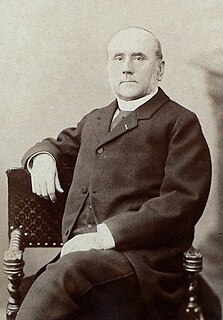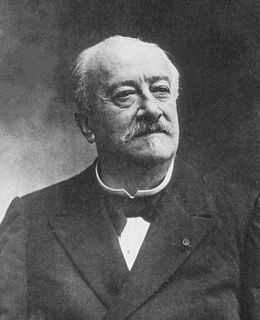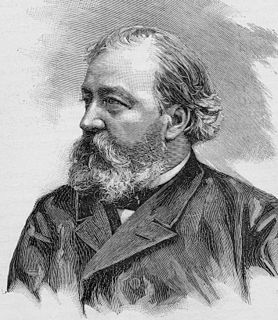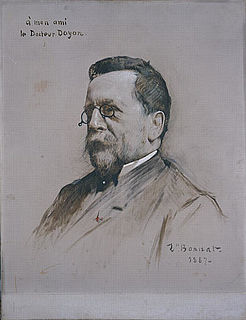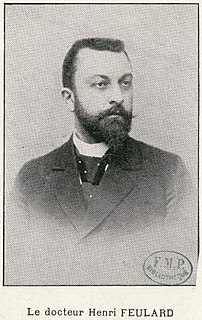Charles Lucien de Beurmann (6 December 1851 – 1923) was a French dermatologist and mycologist.
Contents
He studied medicine in Paris, where in 1884 he became médecin des hôpitaux (hospital physician). In 1889 he was appointed chef de service (department head) at the Hôpital Lourcine, afterward working at the Hôpital Saint-Louis, where he remained until 1916. He studied exotic diseases in his travels throughout Asia.

Paris is the capital and most populous city of France, with an area of 105 square kilometres and an official estimated population of 2,140,526 residents as of 1 January 2019. Since the 17th century, Paris has been one of Europe's major centres of finance, commerce, fashion, science, and the arts.
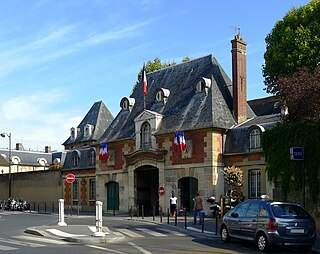
Hôpital Saint-Louis is a hospital in Paris, France. It was built in 1611 by architect Claude Vellefaux at the request of Henry IV of France. It is part of the Assistance publique - Hôpitaux de Paris hospital system, and it is located at 1 avenue Claude-Vellefaux, in the 10th arrondissement near the metro station: Goncourt. Its address is 1 avenue Claude-Vellefaux, just north of rue Bichat.
Beurmann is known for his contributions in the study of sporotrichosis, a disease that was fairly common in Europe at the time. The fungus that causes sporotrichosis was earlier identified by American physician Benjamin Robinson Schenck (1873-1920) and was named Sporothrix schenckii in Schenck's honor. Beurmann did extensive research involving the cutaneous aspects of the disease, and with Henri Gougerot (1881-1955), he published the monograph, Les Sporotrichoses, a treatise that was based on 250 cases of sporotrichoses in France. In 1903 dermatologist Raymond Sabouraud (1864-1938) suggested to Beurmann, the use of potassium iodide as a remedy. Because of Beurmann's thorough research of sporotrichosis, Sporothrix schenckii was sometimes referred to as Sporotrichum beurmanni. [1]
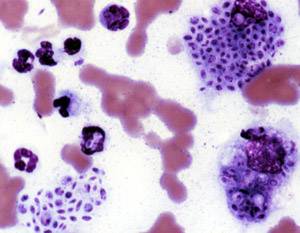
Sporotrichosis is a disease caused by the infection of the fungus Sporothrix schenckii. This fungal disease usually affects the skin, although other rare forms can affect the lungs, joints, bones, and even the brain. Because roses can spread the disease, it is one of a few diseases referred to as rose-thorn or rose-gardeners' disease.

A fungus is any member of the group of eukaryotic organisms that includes microorganisms such as yeasts and molds, as well as the more familiar mushrooms. These organisms are classified as a kingdom, fungi, which is separate from the other eukaryotic life kingdoms of plants and animals.

Sporothrix schenckii is a fungus that can be found worldwide in the environment. The species is present in soil as well as in and on living and decomposing plant material such as peat moss. It can infect humans as well as animals and is the causative agent of sporotrichosis, commonly known as "rose handler's disease". The most common route of infection is the introduction of spores to the body through a cut or puncture wound in the skin. Infection commonly occurs in otherwise healthy individuals but is rarely life-threatening and can be treated with antifungals. In the environment it is found growing as filamentous hyphae. In host tissue it is found as a yeast. The transition between the hyphal and yeast forms is temperature dependent making S. schenckii a thermally dimorphic fungus.
